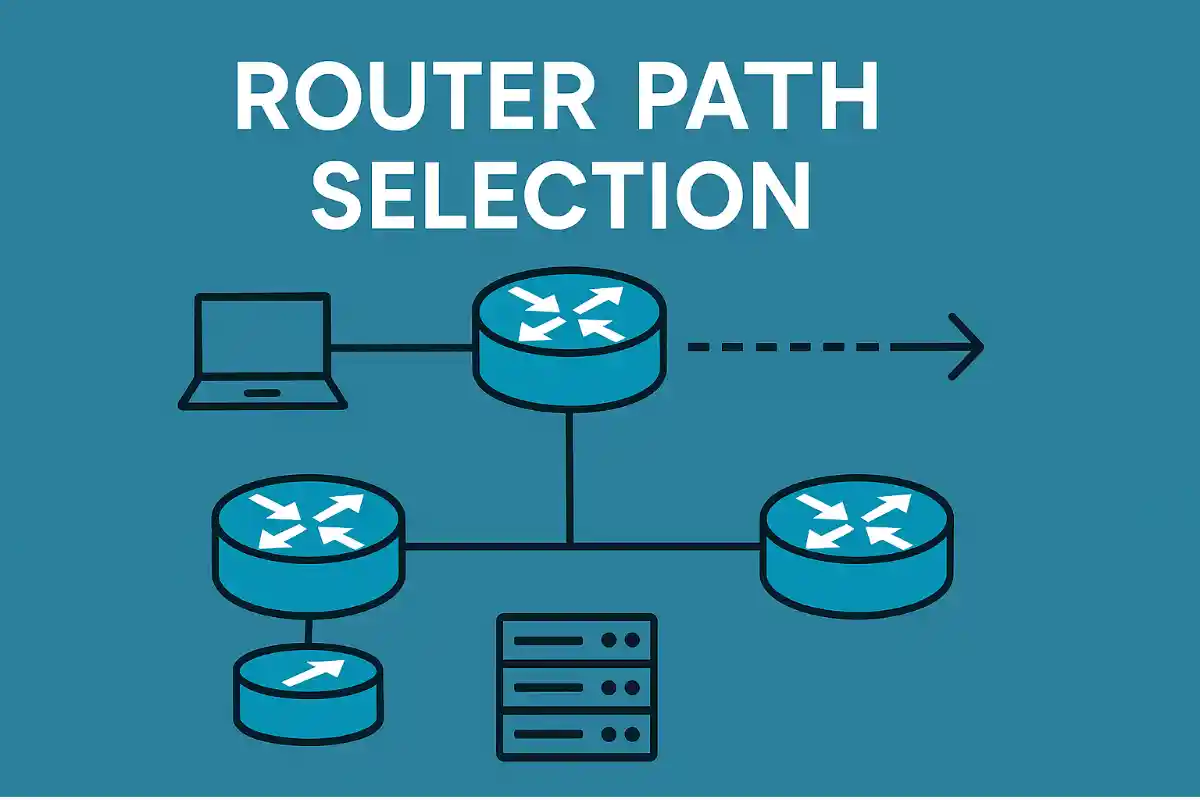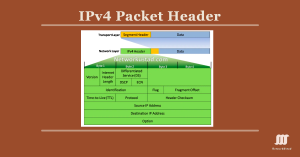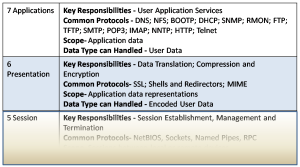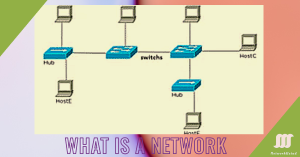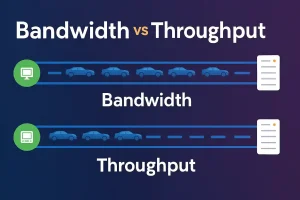Understanding how routers select the best path for packet forwarding is a cornerstone of networking and a key topic for CCNA and CCNP certification exams. Routers use their routing tables to determine the optimal path based on metrics like administrative distance and protocol-specific values. This article dives into the mechanics of path selection, including directly connected networks, remote networks, and the Gateway of Last Resort, with practical Cisco IOS commands to help you master this concept for both exams and real-world network management.
Directly connected network
The directly connected routes are always the best path to any subnet. If the destination IP address of the packet belongs to a directly connected device that is on the same network as one of the interfaces of router and connected to this interface, the packet is directly forwarded to the destination device. The directly connected network is the host address on the same network as the interface of the router.
The administrative distance of the directly connected network is 0. When an IP address is configured to an interface of the router, the router will automatically create a directly connected route in its routing table.
The figure below illustrates the directly connected routes and remote routes. If we see the Router1, where host1 and Fa0/0 of Router2 are a directly connected network for Router1, and all remaining network is the remote network for Router1.How to Configure a Basic DHCPv4 ServerWhat is OSPF Designated RouterOSPF LSA Types – Exclusive ExplanationOSPF LSA Types – Exclusive Explanation
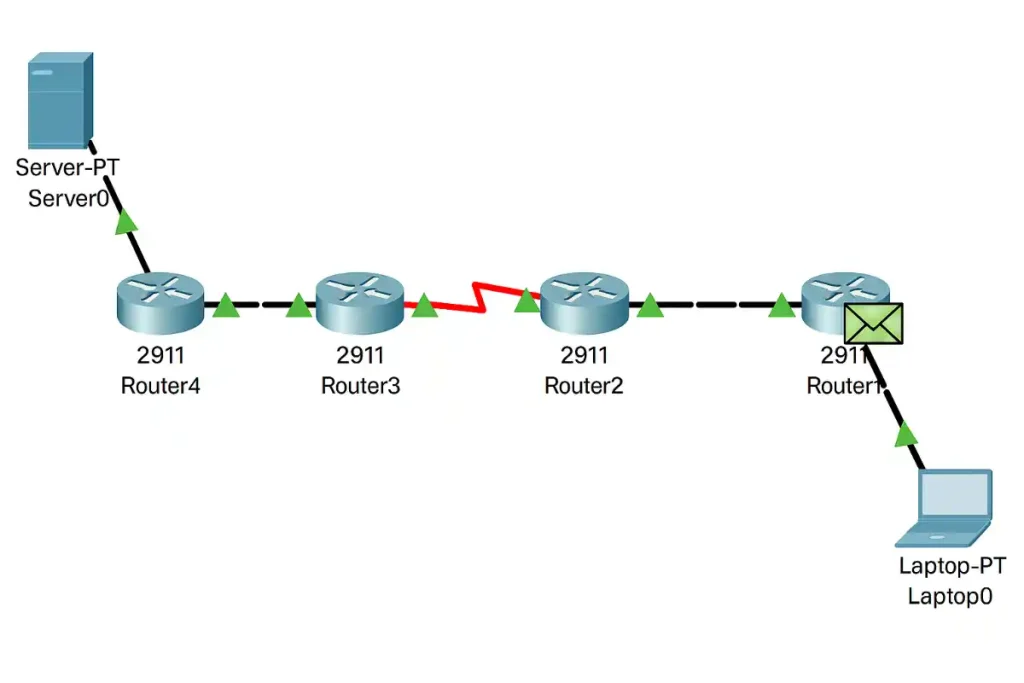
To verify directly connected routes, use the show ip route connected command. This displays all directly connected networks in the routing table.
Router# show ip route connected
C 192.168.1.0/24 is directly connected, GigabitEthernet0/0
C 10.0.0.0/24 is directly connected, GigabitEthernet0/1
In this output, C indicates a connected route, and the interface (e.g., GigabitEthernet0/0) shows where the network is directly attached.
Remote network
If the packet’s destination IP address is not on a directly connected network, it belongs to a remote network. The router forwards the packet to the next-hop router based on its routing table. The routing table lists remote networks with their associated next-hop IP addresses or exit interfaces, learned via static or dynamic routing protocols.
Example: Viewing Remote Routes
Use the show ip route Command to view remote routes:
Router# show ip route
R 172.16.0.0/16 [120/1] via 192.168.1.2, 00:00:05, GigabitEthernet0/0In this output, R indicates a RIP-learned route to the 172.16.0.0/16 network, with the next-hop address 192.168.1.2 via the GigabitEthernet0/0 interface
No route determined
If the destination IP address of the IP packet does not belong to the directly connected or remote network, then the router determines for the Gateway of Last Resort. A Gateway of Last Resort is a route using the router when no other known route exists to send the IP packet. The Known routes are present in the routing table.
Therefore, any route not known by the routing table is forwarded to the default route. If there is a default route, the router forwards the IP packet to the default route (Gateway of Last Resort). If the router does not have a default route, then the router discards the packet. The default route is 0.0.0.0.
Configuring and Verifying the Gateway of Last Resort
To configure a default route, use the ip route command:
Router(config)# ip route 0.0.0.0 0.0.0.0 192.168.1.2Verify the default route with:
Router# show ip route
S* 0.0.0.0/0 [1/0] via 192.168.1.2Here, S* indicates the default route (Gateway of Last Resort). If no default route exists, the router discards packets with unknown destinations, which can be troubleshooted using debug ip routing.
Best Path
The router determines the best path for sending a packet by assessing multiple paths to the same destination network and selecting the best and shortest path. In the case of multiple paths to the same destination network, each path uses a different exit interface on the router.
The router selects the best path using a protocol-based value or metric to calculate the distance to the destination network. The lowest metric value is the Best Path to the destination network. Dynamic routing protocols use their own rules and metrics to build and update routing tables.
The algorithm of the protocol generates a metric for each path through the network. Metrics can be based on a single characteristic or several characteristics of a path.
Some routing protocols select a route on multiple metrics, combining them into a single metric. Some examples of routing protocols are Routing Information Protocol (RIP), Open Shortest Path First (OSPF), and Enhanced Interior Gateway Routing Protocol (EIGRP).
Routing protocols use metrics to determine the best path:
- RIP: Uses hop count (number of routers to the destination). A path with fewer hops is preferred.
- OSPF: Uses cost, calculated as 10^8 / bandwidth (in bps). For example, a 100 Mbps link has a cost of 1.
- EIGRP: Combines bandwidth, delay, load, and reliability into a composite metric. The formula is complex but prioritizes higher bandwidth and lower delay.
Example: For a destination network, RIP might choose a 2-hop path over a 3-hop path, while OSPF might select a 10 Gbps link (cost 1) over a 100 Mbps link (cost 10).
Conclusion
Mastering router path selection is essential for CCNA and CCNP students to excel in exams and manage real-world networks. By understanding directly connected networks, remote networks, and the Gateway of Last Resort, you can troubleshoot routing issues and optimize network performance. Practice the provided Cisco IOS commands in a lab environment to solidify your skills.
Troubleshooting Tips for CCNA/CCNP Students
- Verify Routing Table: Use
show ip routeto check for correct routes and metrics. - Check Interface Status: Use
show interfacesto ensure interfaces are up/up. - Debug Routing: Use
debug ip routingcautiously to monitor routing table changes. - Simulate in Labs: Use Cisco Packet Tracer or GNS3 to practice path selection scenarios.
FAQs
What is the role of administrative distance in router path selection?
Administrative distance (AD) determines the preference of a route source. For example, a directly connected route (AD 0) is preferred over a RIP-learned route (AD 120). Lower AD values indicate higher priority.
How does a router handle packets for a remote network?
For remote networks, the router forwards packets to the next-hop router based on its routing table. The show ip route command displays remote routes with their next-hop addresses.
What happens if a router has no route for a packet’s destination?
If no route exists, the router checks for a Gateway of Last Resort (default route). If none is configured, the packet is discarded, which can be verified using show ip route.
How does OSPF determine the best path in a Cisco router?
OSPF uses a cost metric based on bandwidth (cost = 10^8 / bandwidth in bps). The path with the lowest cumulative cost is chosen as the best path.
Why is EIGRP considered advanced for path selection?
EIGRP uses a composite metric combining bandwidth, delay, load, and reliability, making it more precise than RIP’s hop count or OSPF’s cost. This allows better path selection for complex networks.

